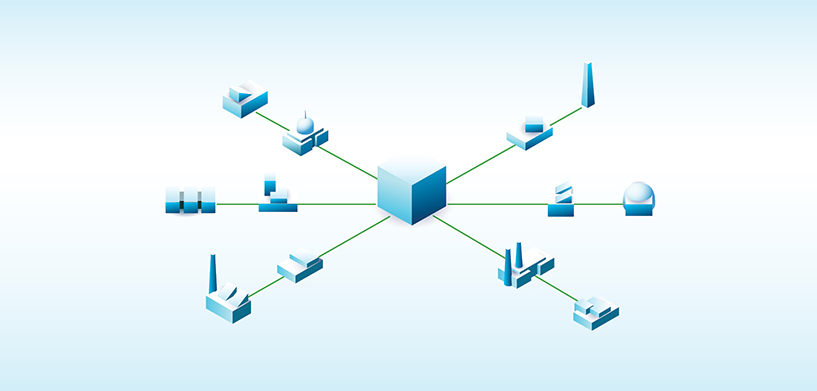When you hear the acronym IoC, what comes to mind? Some instantly think “International Olympic Committee”. When I hear “IoC”, I think of something completely different – I think of the “Internet of Cities”. Not of connecting multiple cities, but of how cities are the best example of a connected platform.
There are some similarities between a city and the Olympics. The Olympic Games are also a platform. The host committee builds a series of competitive events on this platform. Organizers need to handle complex logistics, ensure safety for the athletes and spectators, facilitate easy movement of crowds, plan for traffic issues and more – it’s a big endeavor.
However, compared to the complexity of an entire city, the Olympics are a relatively less complex example of a platform. After a few years of planning and two weeks of execution, they are over. A city’s needs are much greater. They are never-ending and exponentially more complex; there is much more at stake.
They say, “a city never sleeps”, and it’s true. A city is on a 24/7 shift of wakefulness and acute awareness, keeping track of millions of people, incidents, conflicts, schedules and demands. At Hexagon, we are acutely aware of the processes and systems that make a city tick. That’s why we focus our attention on three criteria that are enabling cities to be “smart”. Smart cities are first and foremost digital, then always safe and absolutely connected.
What do we mean by absolutely connected? We mean that these cities have the infrastructure to take action using one unified system, based on data coming in from everywhere. Think about it: millions of citizens; thousands of buildings; a transportation network that includes a labyrinth of railways, airports, motorways, streets and alleys; an entire infrastructure to provide reliable power and water and collect waste; public services to ensure safety; health, food and education for everyone; events, visitors and commerce every single day.
This living, breathing, constantly-changing organism we call a “city” needs to find simplicity in synchronicity. The goal isn’t to achieve technical conformity across all the aforementioned disciplines, but rather to enable legacy systems, new systems and organisational systems of all varieties to “talk” to each other.
Of course, with all these connections, cities face a new challenge: data overload. If you can’t intelligently analyse data, it can feel like having no data at all. It’s essential that cities have the analytical capabilities to collectively make sense of it all, visualising it in a meaningful format. It is vitally important that this data be accessible from anywhere, on any device – be it a smartphone, laptop, police car terminal, etc. Stakeholders need flexibility and universal data access to keep up with dynamic city realities.
The “Internet of Cities” informs the ways Hexagon is shaping smart cities, and the game is on for ensuring safety, efficiency and the best quality of life.
Shaping Smart Cities. Shaping Smart Change.

















